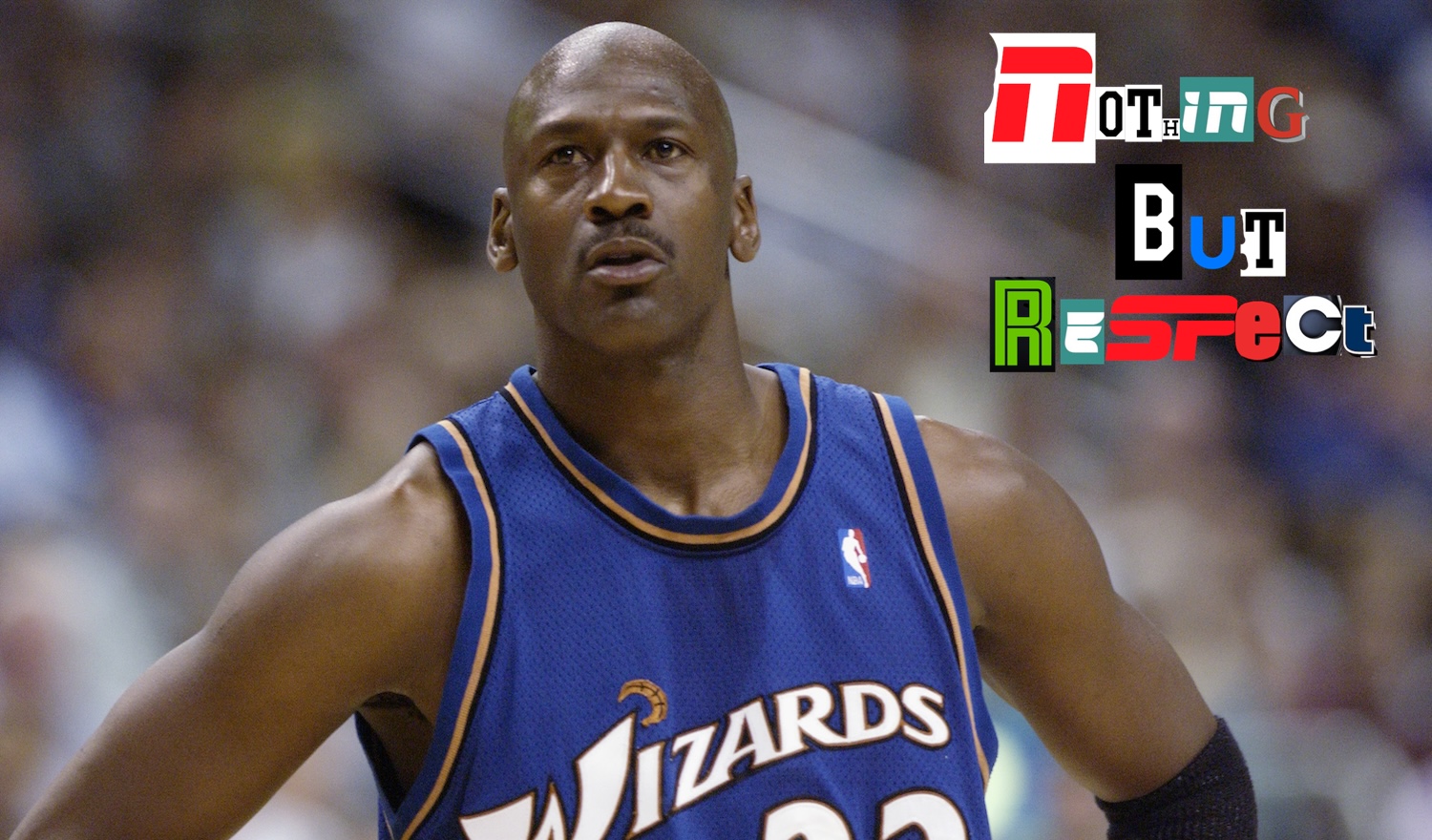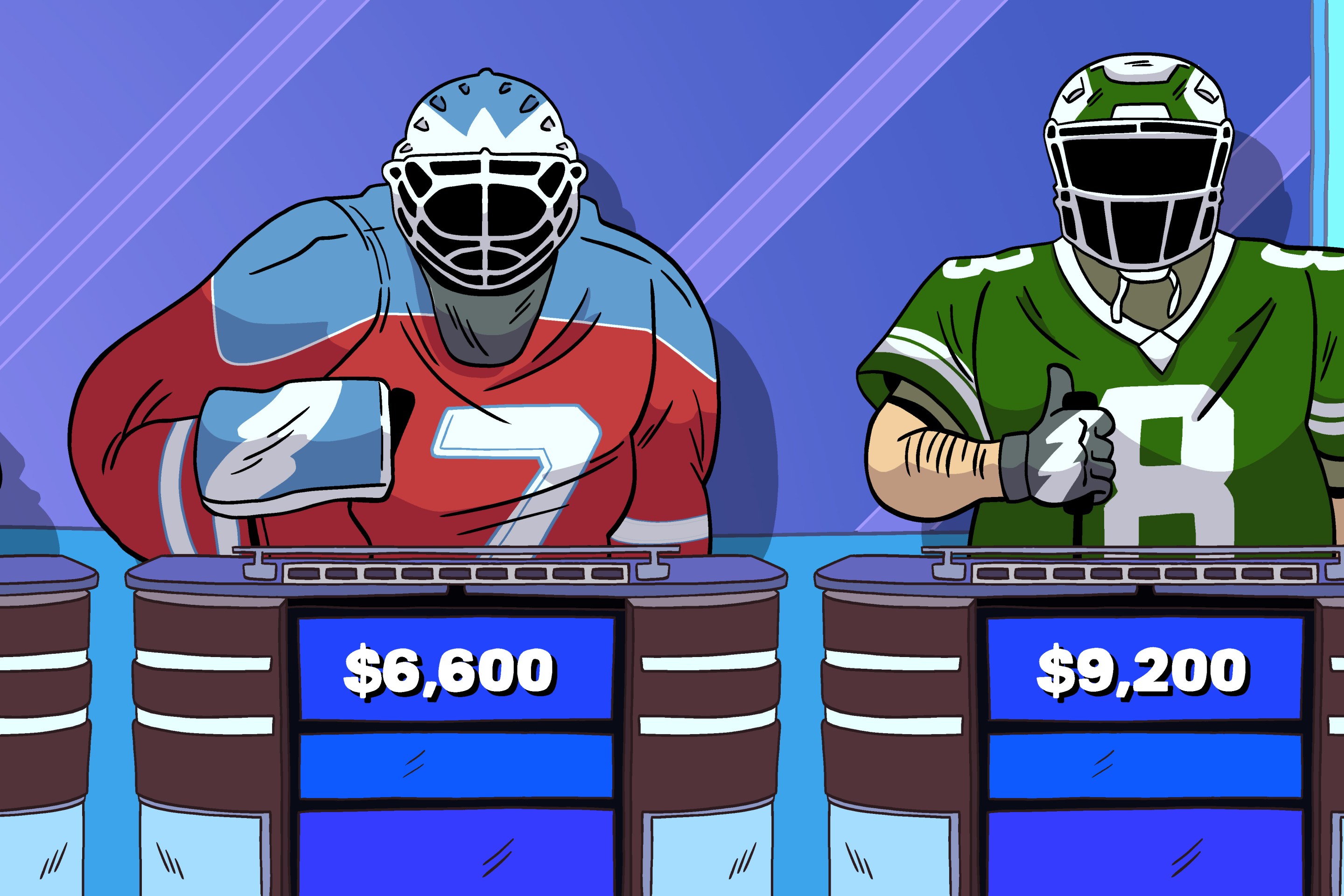At age 26 and about to enter his ninth(!) NHL season, it's about time to stop speculating about how great Patrik Laine could be if he just makes a few crucial adjustments. He is what he is, at this point. What he is, if not the megastar-in-waiting he appeared to be in his first few seasons in Winnipeg, is still pretty damn good: an elite finisher with more depth to his offensive game than he gets credit for, an off-the-puck scorer regularly putting up 30-goal paces even as he's dealt with injuries, career dissatisfaction, and a stint in the Player Assistance Program. Even if his contract is as hefty as his defense is lacking, he's the kind of player any enterprising team could use.
So it was a little surprising to see how little the Blue Jackets got from Montreal for Laine: just a solid but unspectacular bottom-four defenseman in Jordan Harris. Columbus even sent the Canadiens a second-round pick to close the deal. Sure, Laine only played 18 games last year, and hasn't topped 56 since 2020. And he had publicly requested out of Columbus, hamstringing the Blue Jackets' leverage. But the return is still light, for a 30-goal guy in a league where those don't exactly grow on trees. The key to the trade can be found 17 paragraphs down:
Of all the discussions [Don] Waddell had with his fellow GMs, Montreal was the only club willing to take on all of Laine’s contract.
The Athletic
This is how bad clubs stay bad. If the Blue Jackets wanted to get out from under Laine's contract—two years remaining at $8.7 million per—there's no need to treat it as a totally sunk cost, not when it's attached to a player that other teams still value. It's malpractice to fail to get more back in the way of future assets.
Teams love cap space, but what exactly do the Blue Jackets think they're going to do with it? They're bad, and not going to be good anytime soon. A team this deep in a rebuild doesn't need the nearly $19 million in cap space they now have, and I'd be shocked if they use it all, anyway. This isn't Edmonton letting two players be offer-sheeted because they need the flexibility to add at the deadline; by the time Columbus is ready to start adding pricy veterans to burnish a contender, Laine would be off the books anyway. A front office with more foresight would have retained some of Laine's salary in exchange for a draft pick or two, who might actually help the team when it's good.
(You can ignore the particulars of the above graf if it turns out this wasn't actually a front-office strategic decision and was instead a diktat from a cheap owner to slash payroll for the sake of getting back to the cap floor. Everything else still applies, though, because that's another way bad clubs stay bad.)
The Canadiens, by contrast, had the cap space (and still have it after this season) but put it to good use as they prepare to take the next step of returning to playoff contention. Laine could thrive in an offensive system reliant on puck movement and featuring the playmakers to set him up. Or he could underperform and the Montreal media will eat him alive; there's always that chance. But, 26th in the league in team scoring last season, the Habs needed exactly this type of player—and they got him at basically no long-term risk, and convinced the Blue Jackets to throw in a pick. It's just money. If you don't spend it on goals, what's the point of it?






